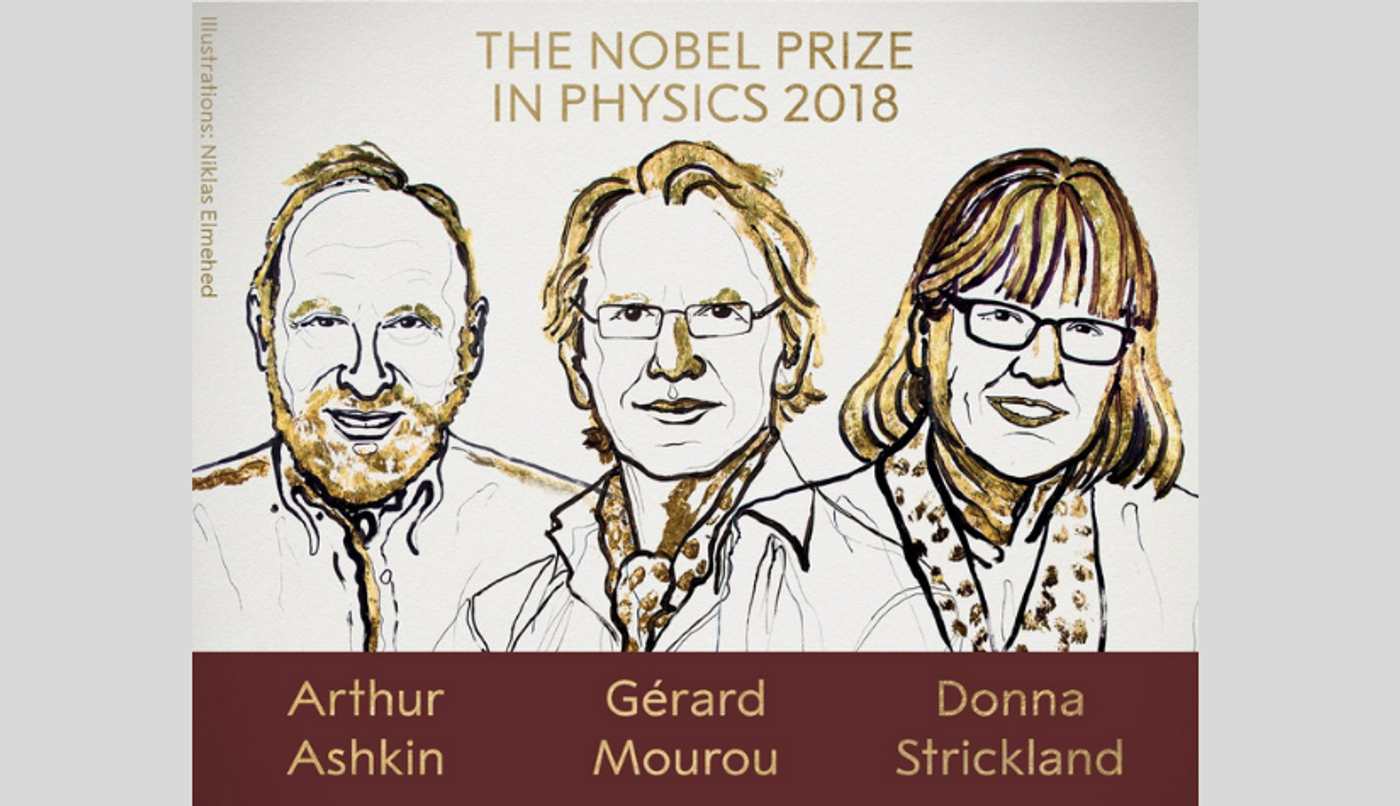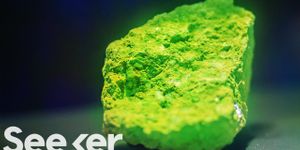Physics Nobel Honored Pioneers of Laser Science
On Tuesday, Oct 2nd, the Royal Swedish Academy of Sciences announced that the 2018 Nobel Prize in Physics was awarded to Arthur Ashkin, Gérard Mourou, and Donna Strickland "for groundbreaking inventions in the field of laser physics".
Laser, an acronym for "Light Amplification by Stimulated Emission of Radiation", is an optical technique to amplify light based on the stimulated emission of electromagnetic radiation. Over the years advances in laser physics allow scientists of different disciplines to explore uncharted areas of research and open up a multitude of industrial and medical applications.
In 1970 Arthur Ashkin, then a scientist at the renowned Bell Labs, reported his discovery of optical scattering and gradient forces on micron-sized particles. Based on his findings, Ashkin and colleagues later developed a so-called optical tweezer.
They used a pair of highly focused laser beams, which provide piconewton-scaled attractive or repulsive force, to hold micron-sized objects in a three-dimensional space. This invention has become particularly successful in studying various microscopic biological systems such as bacteria, viruses, and cells.
Gérard Mourou and Donna Strickland were awarded because of their pioneering use of chirped-pulse amplification (CPA), a technique originally invented to enhance the power output of radar, on laser systems.
Before the advent of CPA, the peak power of a laser pulse was formidably limited by its energy intensity: once its intensity reaches the gigawatts-per-square centimeter level, it would cause serious damage to the medium that receives the light. Laser systems were often large, and expensive to build, because of measures have to be taken to keep the intensity of laser pulses below the threshold.
In the mid-1980s Gérard Mourou and his student at the time Donna Strickland applied the CPA technique to laser pulses, attempting to solve the intensity threshold problem. They stretched an ultrashort laser pulse in time, sufficiently lowering its intensity, and then amplified it by a factor of a million or more. This way, their amplified laser pulses can safely get to the gain medium without causing any damages. That's why soon CPA laser became the standard for subsequent high-intensity lasers and has been applied in many areas, including the popularly used vision corrective surgeries.
Canadian among trio awarded Nobel Prize in Physics (CBC)
Source: Nobel Prize









